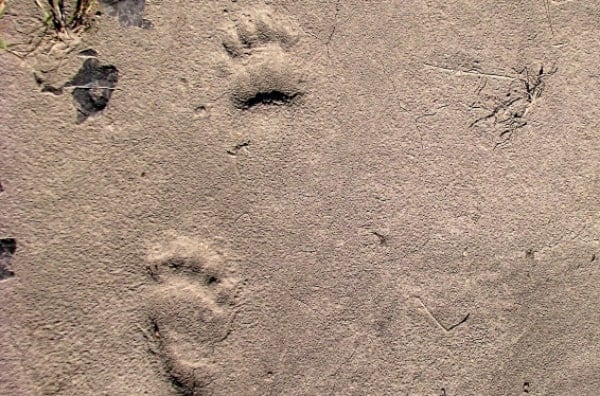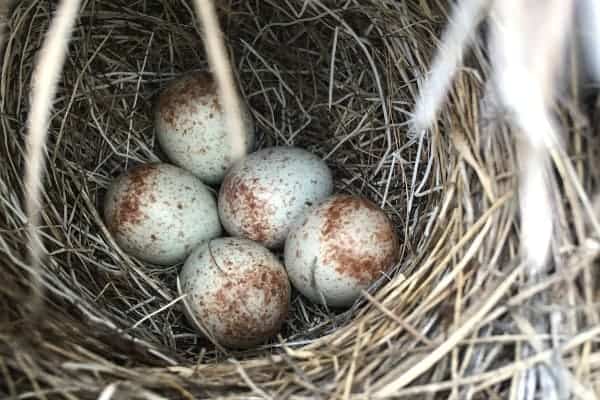The Yukon holds some unusual species of bugs and plants that remain from when glaciers retreated, leaving a land bridge across the Bering Sea. And dragonflies are a part of this unique natural heritage.
Syd Cannings has been studying bugs and other natural wonders since he was a boy growing up in the Okanagan Valley. Looking for dragonflies has taken him to lots of marshy ponds and wetlands.
When he came to the Yukon searching out dragonflies (and other insects) nine years ago, he discovered them and in places he’d never explored before.
“I was looking for ponds with cattails – the type of places you usually found dragonflies. But what I found here is that the most interesting species live in areas that don’t look like ponds at all.”
Enter the “fen.” Formed thousands of years ago when the glaciers were melting and then retreating, these areas are essentially are like big floating meadows, usually with water running through them.
There are a few around, and Whitehorse is home to a fine example, next to the Copper Ridge neighbourhood. You can see it below the ski trails past Harvey’s Hut, or on the west side of the Copper Ridge.
“It’s a type of peat land, like a bog, but bogs are above the surrounding water table and are acidic and nutrient poor,” Cannings explains.
“And they have totally different plants and animals than marshes.”
There are wildflowers like rare orchids and primulas … and different types of dragonflies.
And where you find dragonflies, you will find birds – blackbirds, sparrows, flycatchers. “They like to eat them when they have just emerged from the larval skin and can’t fly very well … and are nice and soft,” says Cannings.
Cannings is leading a Yukon Bird Club trip to explore the fen on Saturday, July 3 (meet at the Canada Games Centre at noon). Expect a bit of a climb in and out of the area, and wear high rubber boots (or expect to get your shoes wet!). There will be nets for catching and releasing species for a closer look.
Cannings will be looking for specialities like Somatochlora septentrionalis, the Muskeg Emerald among other species.
“If it’s cloudy (meaning no dragonflies are out, they’re in the trees) we’ll take the dip nets and look for larvae and maybe the empty larval skins left after the adults have emerged.”
A good trip for families? “Totally.”
For more information, give Syd Cannings a call at 335-6633.




